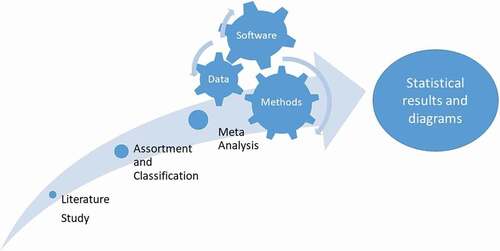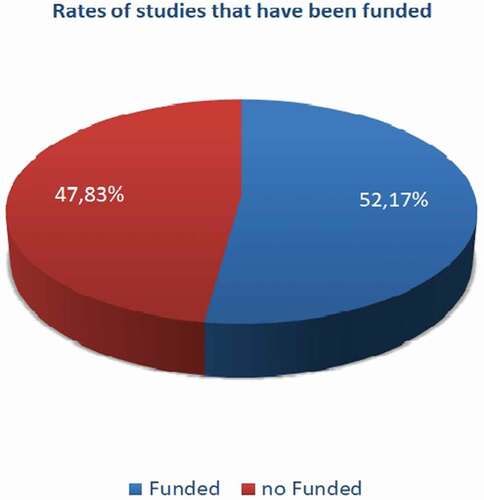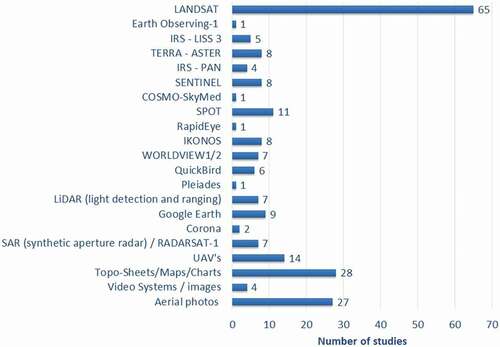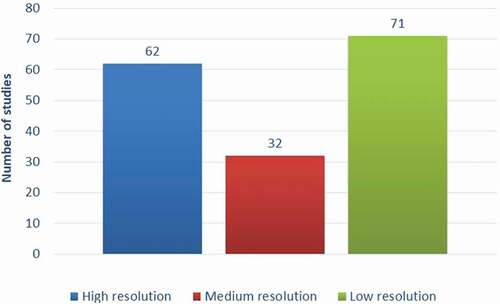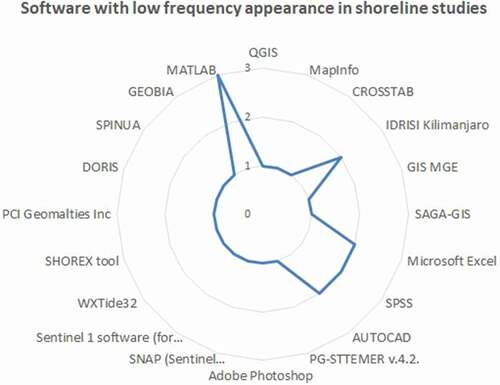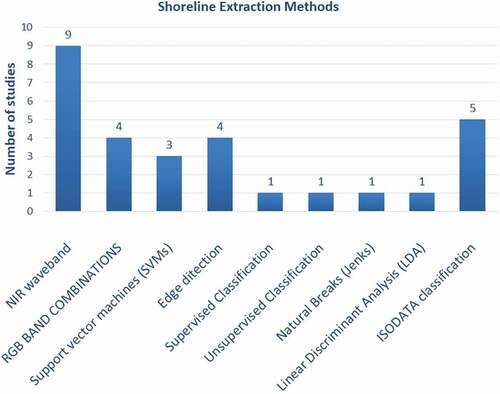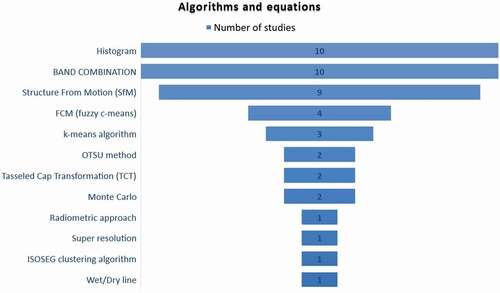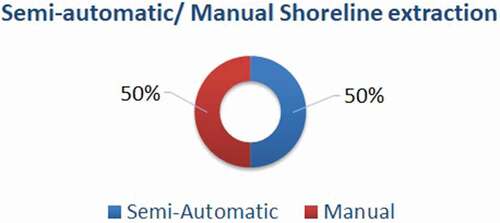Figures & data
Figure 1. Allocation of diverse studies areas regarding the application of remote sensing technology in shoreline evolution mapping
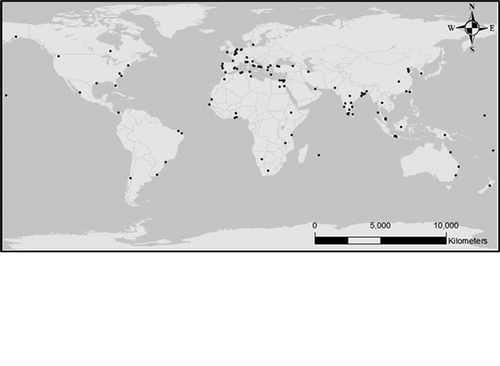
Table 1. Researchers’ whose interest about time interval (n) of shoreline monitoring was n ≤ 10 years
Table 2. Researchers’ whose interest about time interval (n) of shoreline monitoring was 10 < n ≤ 30 years
Table 3. Researchers’ whose interest about time interval (n) of shoreline monitoring was 30 < n ≤ 70 years
Table 4. Researchers’ whose interest about time interval (n) of shoreline monitoring was n ≥ 70 years
Figure 3. Studies published between 2000 and 2019 being referenced in current paper. Blue line represents the total number of studies
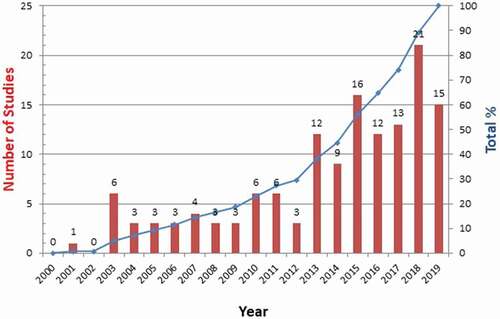
Figure 5. Four categories of periods (n in years) which researches work on; a) n ≤ 10, b) 10 < n ≤ 30, c) 30 < n ≤ 70, d) n > 70
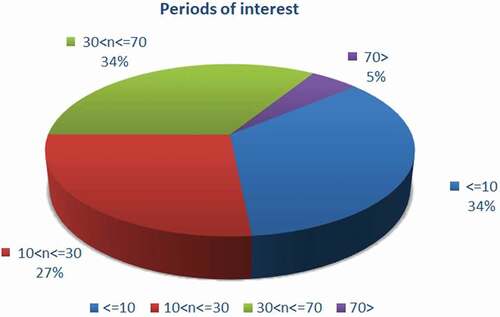
Table 5. Data sources classified by spatial resolution a) High resolution, b) Medium resolution and c) Low resolution
Figure 11. Most common indices for delineation of land/water used among studies. Average High-Water Line (AHWL), Automatic Water Extraction Index (AWEI), Normalized Difference Vegetation Index (NDVI), Normalized Difference Water Index (NDWI), Modified Normalized Difference Water Index (MNDWI), High Water Line (HWL), Land Surface Water Index (LSWI), High Tide Line (HTL), Seaward Dune Vegetation Line (SwDVL), Instantaneous Water Line (IWL), Stable Dune Vegetation Line (StDVL), Low Water Level (LWL), Mean Low Water (MLW)
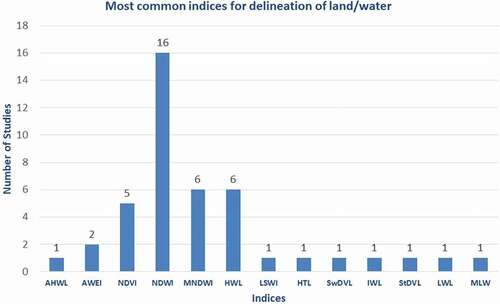
Figure 15. Most common indices of DSAS tool; End Point Rate (EPR), Net Shoreline Movement (NSM), Linear Regression Rate (LRR), Shoreline Change Envelope (SCE), Standard Error of Linear Regression (LSE), Confidence Interval of Linear Regression (LCI), R-squared of Linear Regression (LR2), and Weighted Linear Regression (WLR)
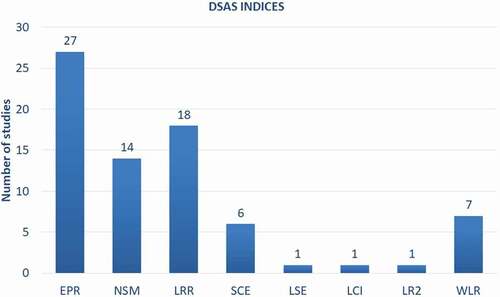
Figure 16. Tool and methods for the calculation of accretion/erosion rates; Annual Erosion Hazard Rate (AEHR), Beach Width (BW), Tracer stick method (TsM), Coastal Vulnerability Index (CVI), Volumetric Changes (VC), Revised Universal Soil Loss Equation (RUSLE), Unit Stream Power – based Erosion Deposition (UPSED)
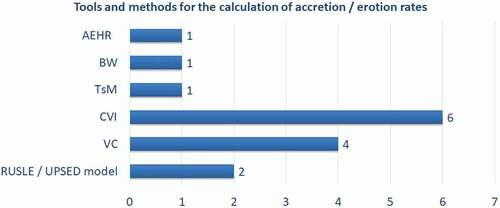
Table 6. Top 10 cited articles in Scopus in the present study literature

